In the advertising world, it is common for there to be varying levels of tension between the Account Executives and the Graphic Arts Experts from time to time. Unlike a military war where each side is seeking its own interest, AEs and Artists both want to achieve the same goal which is to present finished artwork that is satisfactory to the client. So what is the source of the contention? Like the UN, I look at both sides to know what they are thinking.
Graphic Artists say:
- AE’s like to dictate the pace too much.
- They like to play artist.
- They ignore procedure.
- They give clients bad habits.
- Changes are not provided in a timely manner.
- Not enough information is provided in brief.
- Always bypassing the Traffic Manager.
- They always want the job now.
Account Executives say:
- Artists don’t understand that they are working at an advertising agency. Things change. It is a dynamic field. Clients change their mind.
- They like the excuse “I am an artist so I don’t read”.
- They are disorganised.
- Artists are supposed to be flexible people but they complain about changes.
- Can’t understand why they don’t understand how the client wants the job.
- They ask for more information, when they get it, they don’t read it.There is no empathy for the help we give. Instead, they complain that we micro manage.
- Whether it’s a 10×2 b/w or full page f/c, it’s the same complaint. A lot depends on their mood.
There is no need to call in the peace keepers however. This “fight” is proactive. It is simply the passion that left and right brainers have for their work and the desire to produce the best, which is usually the case.




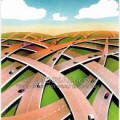
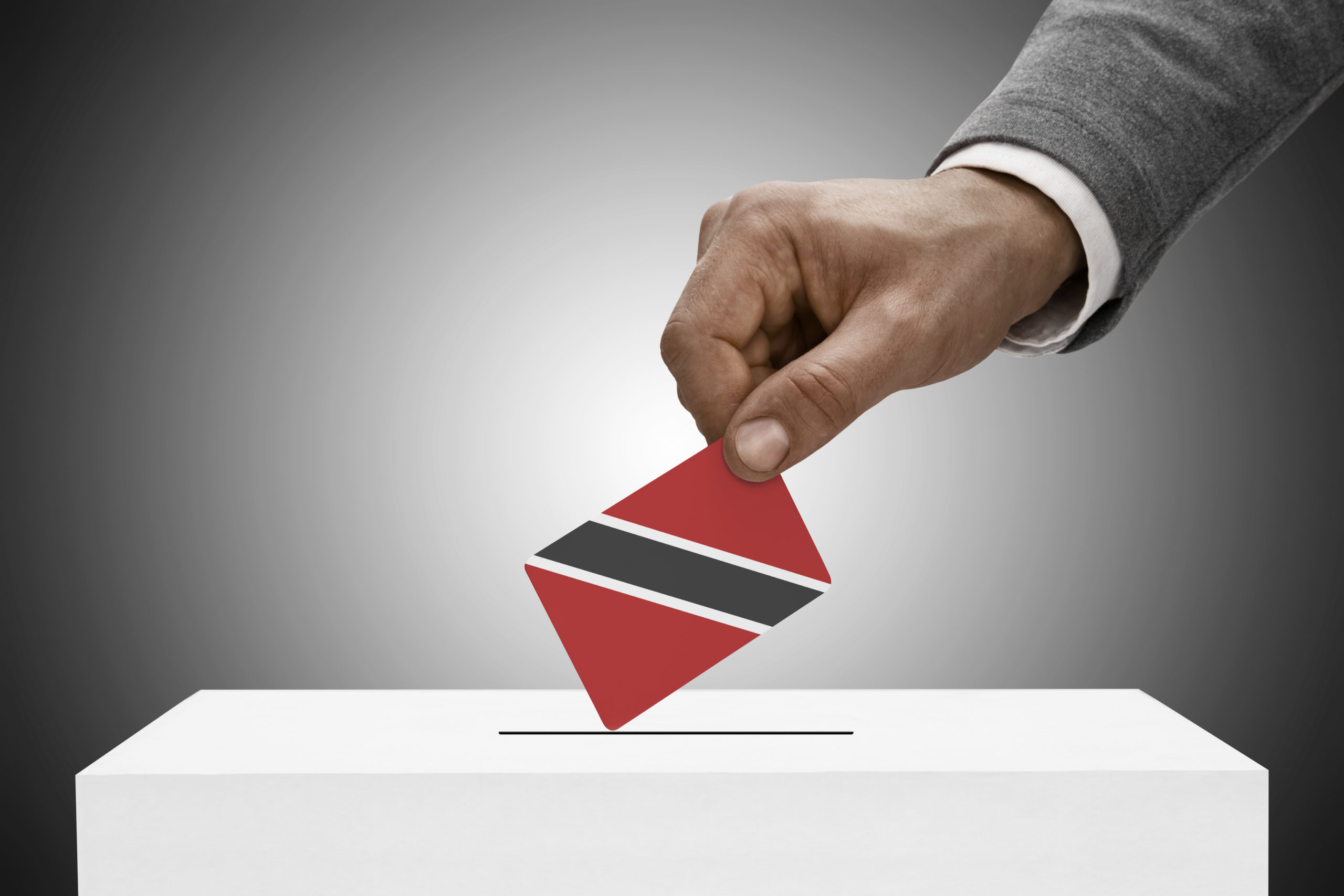

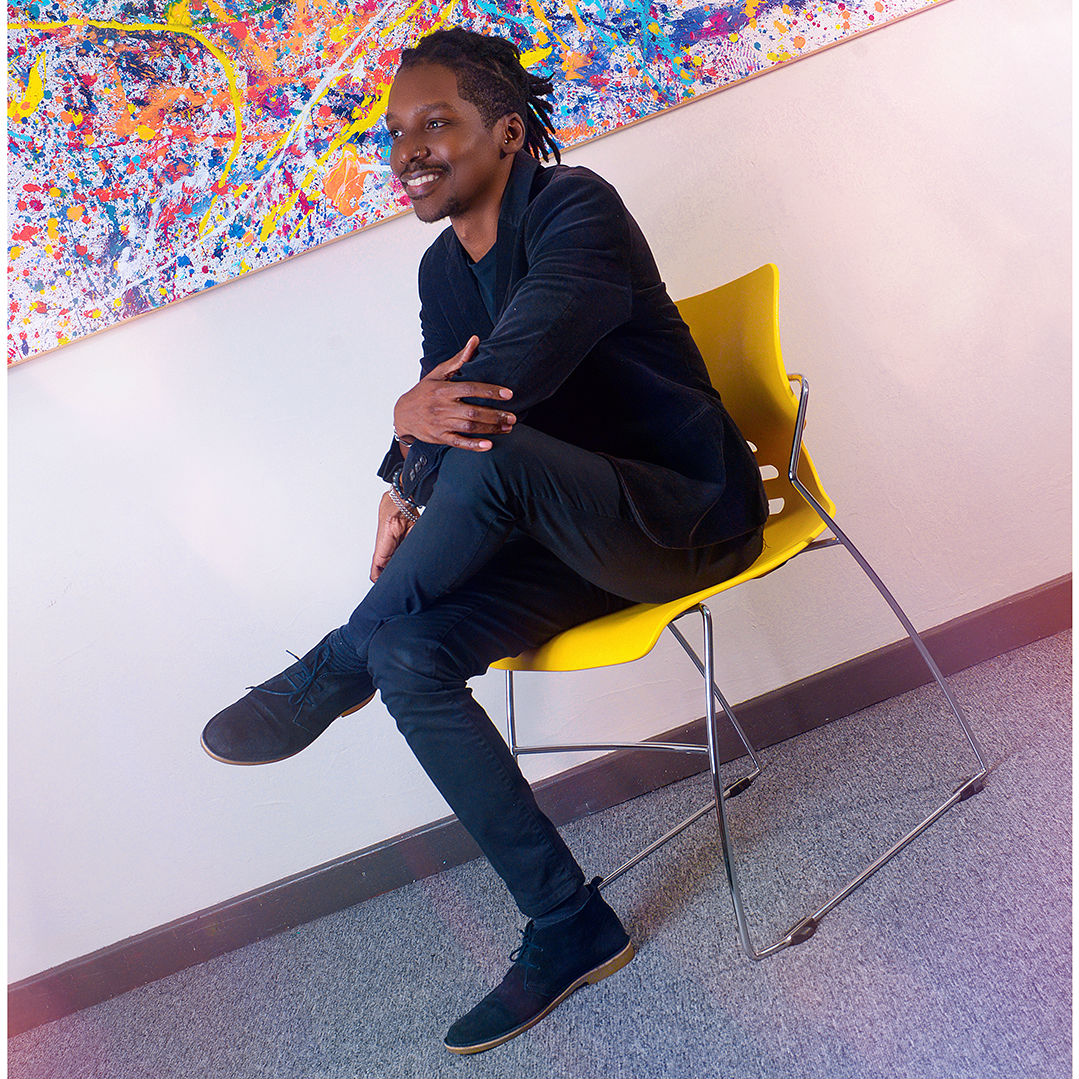

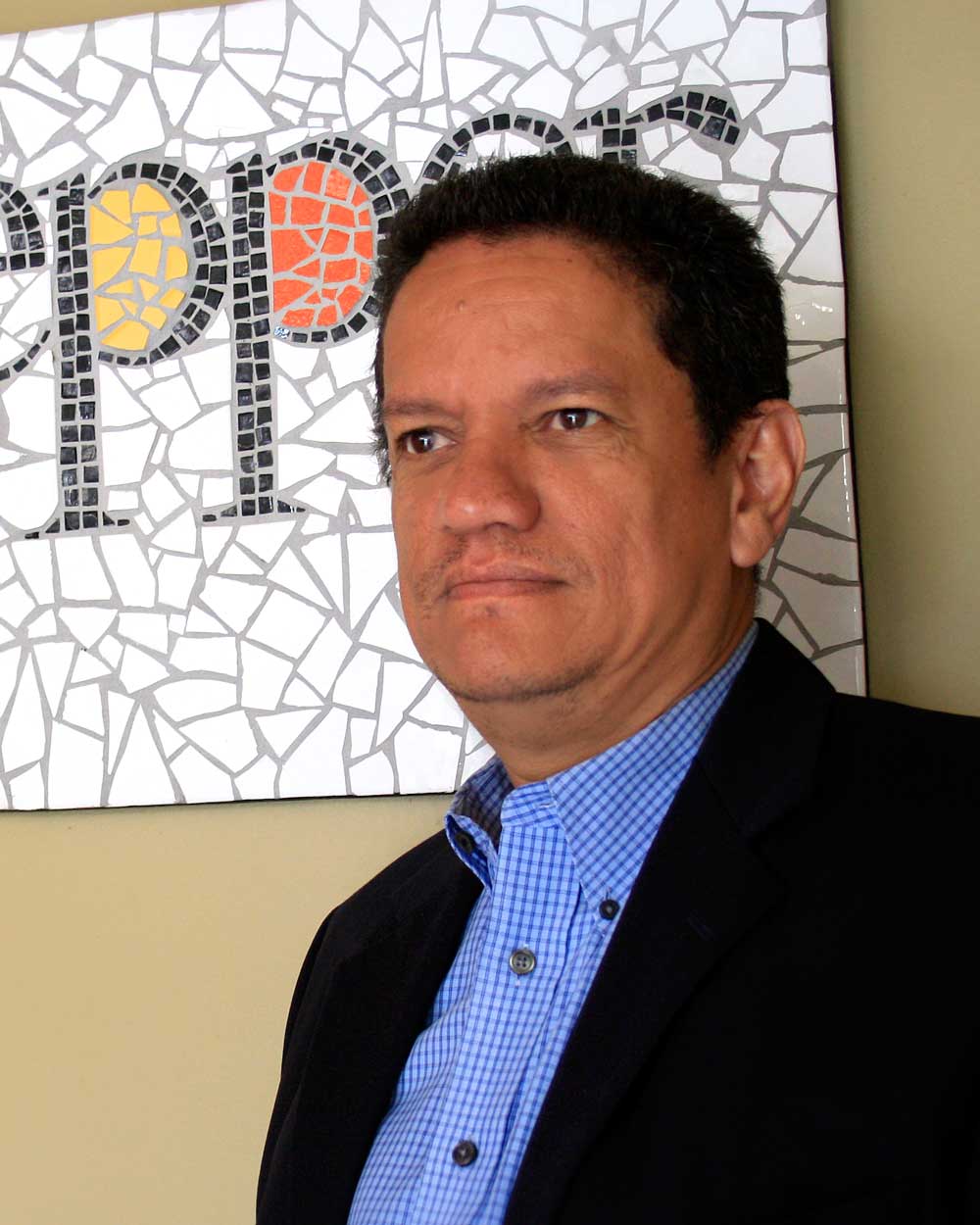
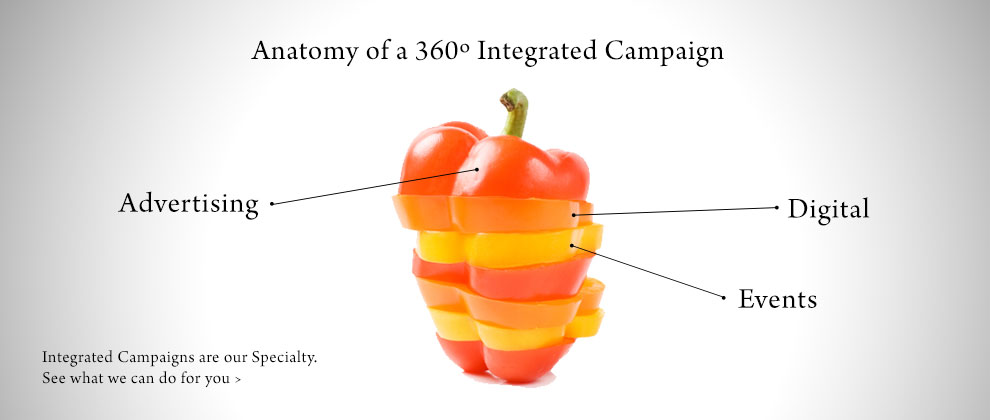

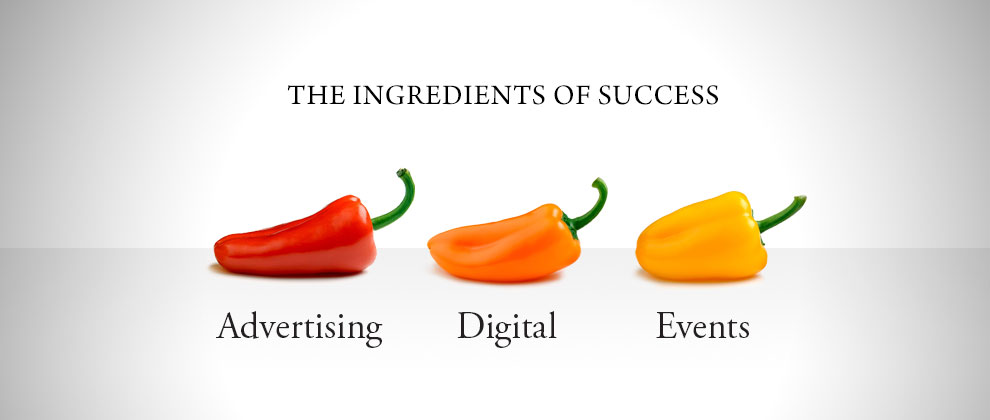

13 January, 2011, 3:45 am
One of the best AE’s I know (most successful in terms of client satisfaction with his work) used to write his own copy and do rough layouts for artists. He also had the ability to know when an artist’s idea was better than his…..so it calls for maturity and openness on both sides I think.
Artists should encourage AE’s to give their ideas and AE’s should allow artists the space to develop their own ideas. The reality is that the turnaround times are getting shorter and shorter. Maybe we’ll need to train the ae’s on photoshop and the artists in project management; because we need all hands on deck, dr
13 January, 2011, 1:50 pm
“too many cooks, does spoil d pot”…. case in point – “rum don’t walk”
13 January, 2011, 1:55 pm
Hmm. You seem to be eying Secretary-General of the UN, Ban Ki-moon’s job.
14 January, 2011, 3:02 pm
First off I’d like to say that I’ve enjoyed several of your post.
The open dialogue is intriguing.
People should respect each others profession and ability.
Good designers should know how to manage projects because that is what they do from beginning to end.
As far as AEs learning Photoshop.-What are the benefits to that? Is it for the AE to become a Production Designer? A finishing Artist? Does that AE have the design sensibilities to make judgments with regards to requested changes? Is the client’s problem really understood and communicated well so that the best design solution can be found to satisfy the client?
This negative way of thinking is dated and prevents progress on so many levels.
This is a dynamic environment.
We should work towards finding solutions.
If delivery times are getting shorter then both sides need to work very hard at what they do and we must also work hard to build very strong TEAMS with the ability to empathise with each other.
15 January, 2011, 6:44 pm
Thanks for your comment and also the angle to a solution that you pointed out.
14 January, 2011, 7:07 pm
http://www.youtube.com/watch?v=Au9HyrtDacI
15 January, 2011, 6:42 pm
I usually do not like remakes/sampling but this single is a winner!!!
16 January, 2011, 2:43 am
I didn’t want to add more fuel to the fire so decided instead to do like Eric and look at both sides… where is the empathy? I think when AEs and Artists can understand each other (and deal with clients’ crazy demands instead of complaining), the relationship will improve. As Eric pointed out, we all have the same goal. However, everyone has individual taste of any artwork they see. A hundred people can come up with a hundred different opinions on an idea/ concept/ design. So its what the client wants (with different suggestions from several persons in one department), what the AE wants, what the creative wants BUT it should be what the customer wants! One of the biggest issues an artist has is responding to feedback, i.e. requests for changes. To make this less painful, designers must understand and be able to explain their work to the non-designer. Especially to the client, designers must have a reason for the graphic elements incorporated in a design including colour, layout, imagery, branding, etc. and should follow the brief. This will help AEs and clients understand that designers work on certain techniques and styles in conveying messages visually instead of randomly placing graphic elements into a piece of artwork. The result? AEs sell the idea and clients buy in with minimal changes and designers are less frustrated.
On the other hand, AEs need to understand that designers work on art. They pour their creativity and passion into their work and everybody is a critic. Plus the crazy deadlines compromises quality. The challenge is to balance both.
Sorry, but I couldn’t resist a rebuttal on what “Graphic Artists say” from an AE’s view…
• AE’s like to dictate the pace too much. – we work with impossible deadlines in a competitive environment.
• They like to play artist. – we try to follow the brief and assist based on clients’ requests and what would resonate with the target audience.
• They ignore procedure. – sometimes we do while multi-tasking.
• They give clients bad habits. – yes, we need to manage clients’ expectations better (but how do you say ‘no’? they will find someone who will say ‘yes’ and they do pay our salary).
• Changes are not provided in a timely manner. – read your email more often but generally feedback is provided late.
• Not enough information is provided in brief. – do you read the brief in detail? clients generally do not provide proper briefs so it’s up to the AE and artist to do more research and ask more questions.
• Always bypassing the Traffic Manager. – sometimes he/she is not there and we have fires to out or get started.
• They always want the job now. – clients want the job like yesterday.
Looking forward to a compromise!
17 January, 2011, 1:27 pm
“Have you ever had the feeling that you was being had
Don’t that sh-t make you mad
They treat you like a slave, with chains all on your soul,
And put whips up on your back,
They be lying through they teeth
Hope you slip up off your path
I don’t switch up I just laugh
Put my kicks up on they desk
Unaffected by they threats than get busy on they ass.”…..
16 January, 2011, 2:22 pm
It’s interesting how ‘Designer’ is at times referred to as ‘Artist’ in many statements, when they both describe two very different things. This along with a few other very misguided statements show that we are starting off at the wrong place every time.
A Designer’s job is to take information and visually translate that information into a design that fulfills the brief of the client.-While there are many solutions to a problem, there are only a few Best ones. As the example put forward earlier , the current ‘Rum don’t Walk’ ads is a visual solution but not a very good one. (not matter who we’d like to blame that on.)
A good design solution is entirely based on what the client wants to sell or communicate not on the ‘passionate artistic style’ of an artist. This isn’t art and it’s not going into gallery, it’s going onto a billboard.
The reason and the concept should be explained and communicated well to the client whether that is done via the Designer to the client or the Designer to the AE to the client.
In a perfect world the AE would perfectly understand design sensibilities but in our non-perfect environment, the designer should be able to explain the work to the AE passing on that information. It is best if everyone is on the same page.
(Now, if I come across as though I am putting a bit more pressure on the AE it is simply because they are the ones facing the client. They are the ones that have the responsibility of achieving the clients’ needs and representing the Agency and the Designer and if the AE does not realize that that is their task but only sees their role as one of pleasing a client and collecting the pay check, We are in Trouble and Good Design is not possible.)
There are going to be things a client disagrees with. Things a client do not understand. Questions asked by the AE to better understand why the client thinks something does’t work as oppose to just repeating a ‘change’ maybe more helpful on both ends. As a Designer, their job is to find the best solution and sometimes it takes a process to get there and it cannot be one just by one side.
Design is something meant to be a solution finder. It uses the elements of visuals such as art, photography and type to make that solution.
Maybe some reconfiguration of the roles of ‘Servicing a Client’ and ‘Being an Artist’ need to change.
But if one is only will to ‘service a client’ and the other is only willing to ‘be an artist’ the discussion is pointless and ‘pretend’.
16 January, 2011, 6:54 pm
OMG Thank you Tanya for pointing out the difference between ‘Designer’ and ‘Artist’
17 January, 2011, 1:39 pm
Another HOT topic from Pepper..lol.
;)
17 January, 2011, 3:52 pm
http://www.youtube.com/watch?v=hLfvmiB4edI
17 January, 2011, 9:01 pm
Wow I missed this whole dialogue! LOL I guess the bottom line is: We are working toward a common goal. We are here to service the client in a way that best fulfils their needs and exemplifies the Agency’s skill sets both in strategy(direction, positioning) and tactics(look, feel, copy, medium)… Everyone on board needs to understand that we are in a dynamic field with many moving parts and variables that pop up at a moment’s notice…whether we like it or not…and frankly, many times we don’t..
In my opinion, though all of our roles are clearly identified, in order to keep things moving along it is ok to go out of your JD to aid the process, once the contributions being made are useful, thoughtful and in-keeping with the client’s desires.
For me, the key to dealing with this whole thing is patience, flexibility and focus on the bigger picture; getting the client’s work done and doing so well.
Once both parties can understand the role of the other in that picture, and recognise the pressures levied on noth sides, the relationship can be guided accordingly. Frustrations with each other is inevitable but once respect is maintained, we should make it out in one piece and in peace :)
flexibility
What
17 January, 2011, 9:02 pm
Wow I missed this whole dialogue! LOL I guess the bottom line is: We are working toward a common goal. We are here to service the client in a way that best fulfils their needs and exemplifies the Agency’s skill sets both in strategy(direction, positioning) and tactics(look, feel, copy, medium)… Everyone on board needs to understand that we are in a dynamic field with many moving parts and variables that pop up at a moment’s notice…whether we like it or not…and frankly, many times we don’t..
In my opinion, though all of our roles are clearly identified, in order to keep things moving along it is ok to go out of your JD to aid the process, once the contributions being made are useful, thoughtful and in-keeping with the client’s desires.
For me, the key to dealing with this whole thing is patience, flexibility and focus on the bigger picture; getting the client’s work done and doing so well.
Once both parties can understand the role of the other in that picture, and recognise the pressures levied on noth sides, the relationship can be guided accordingly. Frustrations with each other is inevitable but once respect is maintained, we should make it out in one piece and in peace :)